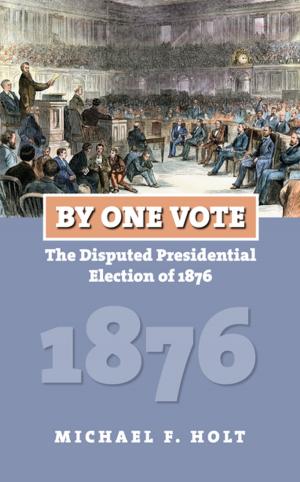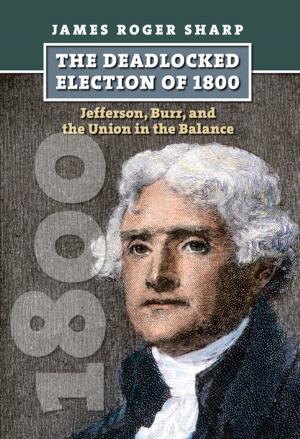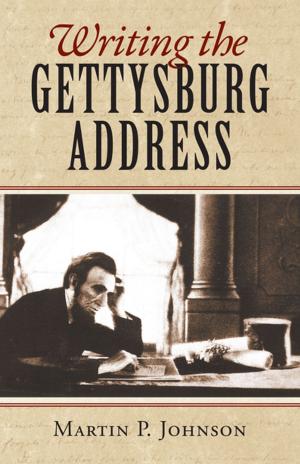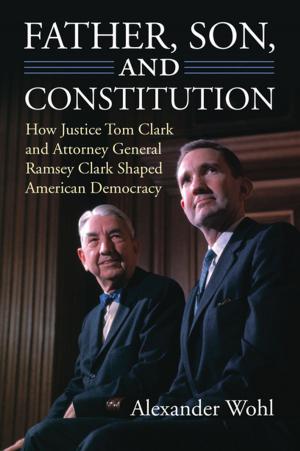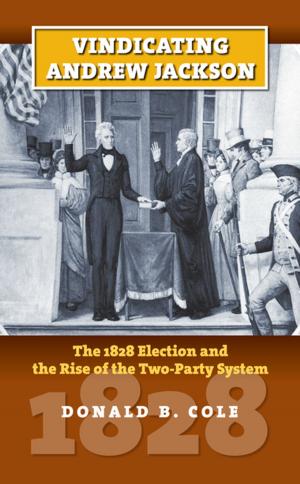Branding Hoover's FBI
How the Boss's PR Men Sold the Bureau to America
Business & Finance, Marketing & Sales, Public Relations, Nonfiction, History, Americas, United States, 20th Century| Author: | Matthew Cecil | ISBN: | 9780700623068 |
| Publisher: | University Press of Kansas | Publication: | October 7, 2016 |
| Imprint: | University Press of Kansas | Language: | English |
| Author: | Matthew Cecil |
| ISBN: | 9780700623068 |
| Publisher: | University Press of Kansas |
| Publication: | October 7, 2016 |
| Imprint: | University Press of Kansas |
| Language: | English |
Hunting down America’s public enemies was just one of the FBI’s jobs. Another—perhaps more vital and certainly more covert—was the job of promoting the importance and power of the FBI, a process that Matthew Cecil unfolds clearly for the first time in this eye-opening book. The story of the PR men who fashioned the Hoover era, Branding Hoover’s FBI reveals precisely how the Bureau became a monolithic organization of thousands of agents who lived and breathed a well-crafted public relations message, image, and worldview. Accordingly, the book shows how the public was persuaded—some would say conned—into buying and even bolstering that image.
Just fifteen years after a theater impresario coined the term “public relations,” the FBI under J. Edgar Hoover began practicing a sophisticated version of the activity. Cecil introduces those agency PR men in Washington who put their singular talents to work by enforcing and amplifying Hoover's message. Louis B. Nichols, overseer of the Crime Records Section for more than twenty years, was a master of bend-your-ear networking. Milton A. Jones brought meticulous analysis to bear on the mission; Fern Stukenbroeker, a gift for eloquence; and Cartha “Deke” DeLoach, a singular charm and ambition. Branding Hoover’s FBI examines key moments when this dedicated cadre, all working under the protective wing of Associate Director Clyde Tolson, manipulated public perceptions of the Bureau (was the Dillinger triumph really what it seemed?). In these critical moments, the book allows us to understand as never before how America came to see the FBI’s law enforcement successes and overlook the dubious accomplishments, such as domestic surveillance, that truly defined the Hoover era.
Hunting down America’s public enemies was just one of the FBI’s jobs. Another—perhaps more vital and certainly more covert—was the job of promoting the importance and power of the FBI, a process that Matthew Cecil unfolds clearly for the first time in this eye-opening book. The story of the PR men who fashioned the Hoover era, Branding Hoover’s FBI reveals precisely how the Bureau became a monolithic organization of thousands of agents who lived and breathed a well-crafted public relations message, image, and worldview. Accordingly, the book shows how the public was persuaded—some would say conned—into buying and even bolstering that image.
Just fifteen years after a theater impresario coined the term “public relations,” the FBI under J. Edgar Hoover began practicing a sophisticated version of the activity. Cecil introduces those agency PR men in Washington who put their singular talents to work by enforcing and amplifying Hoover's message. Louis B. Nichols, overseer of the Crime Records Section for more than twenty years, was a master of bend-your-ear networking. Milton A. Jones brought meticulous analysis to bear on the mission; Fern Stukenbroeker, a gift for eloquence; and Cartha “Deke” DeLoach, a singular charm and ambition. Branding Hoover’s FBI examines key moments when this dedicated cadre, all working under the protective wing of Associate Director Clyde Tolson, manipulated public perceptions of the Bureau (was the Dillinger triumph really what it seemed?). In these critical moments, the book allows us to understand as never before how America came to see the FBI’s law enforcement successes and overlook the dubious accomplishments, such as domestic surveillance, that truly defined the Hoover era.

